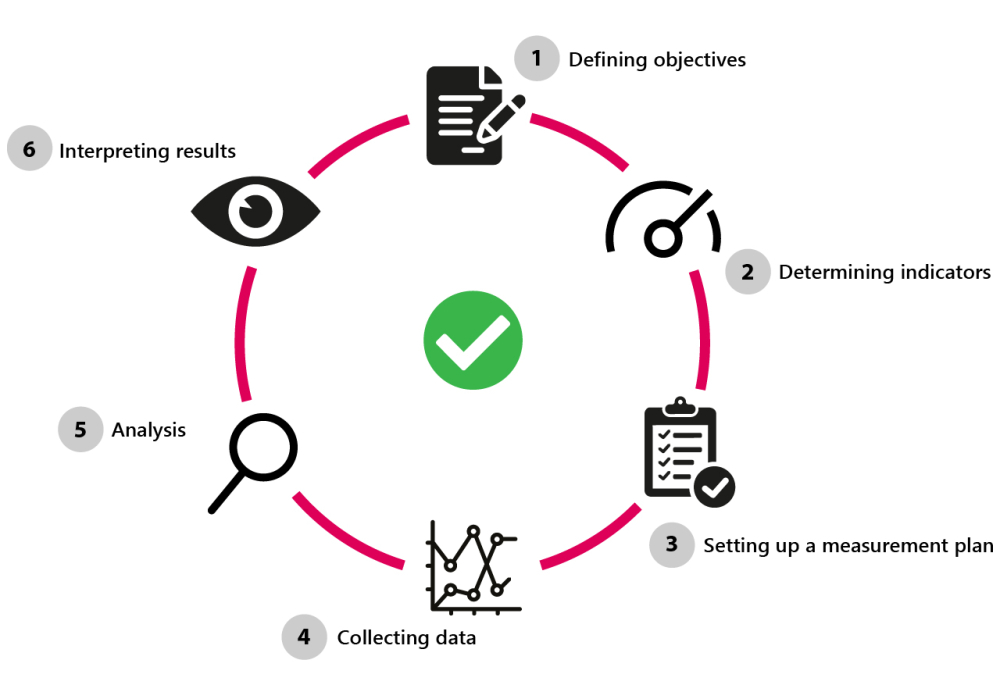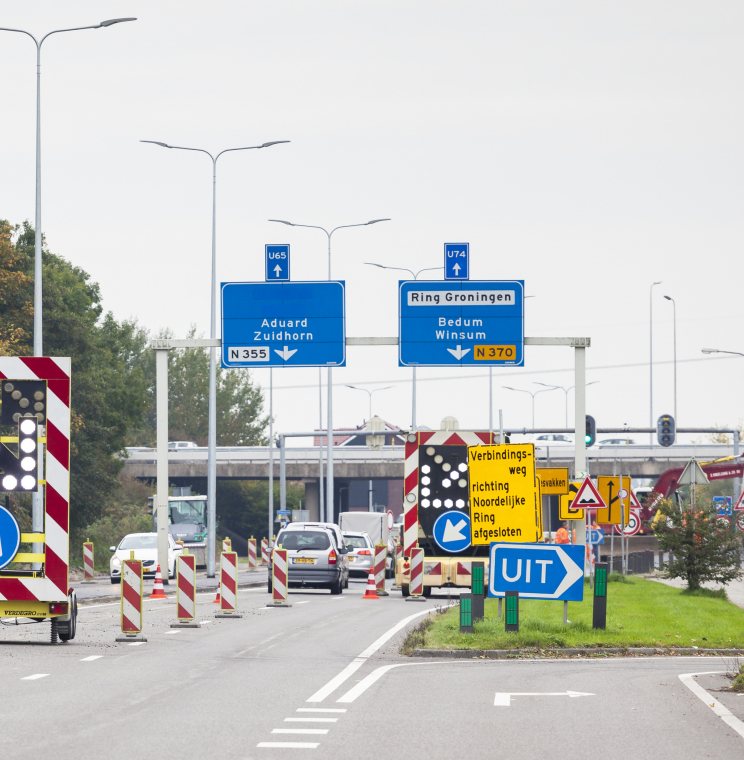Data-driven mobility policy

As a decision-maker in mobility, you develop great plans, but it sometimes proves difficult to get a good picture of the impact of these plans. How does the initiated policy actually contribute to an improved mobility situation? Is intervention necessary? And which buttons can be pushed? By continuously measuring and adjusting on basis of reliable data, you increase the control of - and thus the effectiveness of - your mobility policy. Read on to find out how to develop such a measurement cycle.
Using accurate and reliable data
In order to measure the effectiveness of mobility policies properly, you need data. But what data is most suitable for this? Where do you find this data and how reliable is it? At Goudappel, we know what data is available, what snags there are in the various data sources and how to use them to develop a reliable measurement cycle. We are happy to explain how we deal with this.

One measurement cycle for continuous and reliable measurement and adjustment of mobility policy
Developing a measurement cycle
Why we are well suited for helping you develop a reliable measurement cycle
- Goudappel has the complete overview of available data sources that can be used to define indicators. In addition, we develop our own data sources and tooling with which we generate unique (mobility) data ourselves.
- We are able to properly assess the quality of existing data sources and understand their advantages and limitations. For example, we assess data sources for stability and variability. We also understand what you can and cannot do with certain data.
- Where possible, we combine objective data with subjective data (people's opinions and judgements, collected using surveys and interviews). By bringing these different research methods together, we aim to get the most complete picture possible of the effects of mobility policy and thus contribute to a better interpretation of measured effects.
- We have a wide range of analytical tools on hand to calculate the selected indicators. We are also experienced with standards for data exchange such as the CDS-M (City Data Specification-Mobility) and TOMP.
- Goudappel has in-house experts who can build tailor-made, real-time and web-based mobility dashboards based on the selected data sources
- We have expert researchers to develop appropriate research designs that we use to determine how to best design the research. We have extensive experience in determining when figures are reliable, how to determine effects, how to correct for autonomous trends and how to design surveys and draw samples.
- Goudappel collaborates closely with its clients across the Netherlands and abroad with various partners. As a result, our consultants fully understand the local context, enabling us to provide advice that really fits your specific situation.
Concrete action perspective
With our data-driven mobility policy approach, we do not only make effects transparent, we also clarify them for you and make it clear how effects should be interpreted. If intervention is required, our advisers provide advice on how best to do this. In this way, we provide you with concrete action perspective for adapting your mobility policy.



